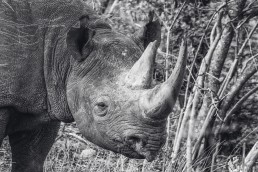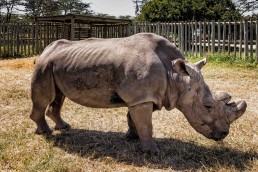Today, September 22, marks every year as the international World Rhino Day. It was first announced by World Wildlife Fund-South Africa in 2010.
International World Rhino Day is a day when the world joins its efforts to help and promote the conservation of its endangered rhinos. Although we thank that every day should be a rhino day. Just as it should be an elephant day, giraffe day, pangolin day, or any other species’ day that is threatened with extinction.
Nevertheless, it’s still a good thing to have a dedicated day for the world’s many endangered or critically endangered species. Days like these will help to raise awareness. And at least on that one day in the year, the great public’s attention is geared towards the plight of the species. And perhaps days like these will make some more individuals understand better the harsh reality of the situation.
And if, for example, the World Rhino Day today makes even a few people more concerned about the rhinos’ future, it is one goal achieved. You never know who ‘s the one that’ll make the ball rolling in significant quantities and who will make a tremendous difference for the species and its conservation efforts.
The Sixth Mass Extinction
We are all collectively responsible about the sixth mass extinction that scientists say is ongoing as we speak. The fifth one was when the dinosaurs vanished from the earth.
So, we are also all collectively responsible for trying to still save as many species from extinction as we can.
The world’s all five rhino species, the Sumatran, the Javan, the Greater one-horned, the White and the Black rhino with all their sub-species are one of those desperately in need of saving.
Meeting Sudan, the Last Male Northern White Rhino
In 2015 we met the world’s last male northern white rhino, Sudan, at the Ol Pejeta Conservancy in Kenya. Somehow our world has never been the same again. On that day, when standing beside Sudan, I realized that I was literally looking extinction to the eye. And I cannot describe the emotional rollercoaster I had going inside me.
It still took a few more years for my true calling to clarify to myself. But it was that day at the Ol Pejeta Conservancy that sparked the fire to do my share in any way I can in helping of the survival of the species. This Expedition Conservation is part of that share, through this project we’re aiming to help as many animals and organizations as we can.
A New Hope Arises for the Saving of the Northern White Rhino
Sudan died in 2018, leaving only two northern white rhino females to the world, Najin, and Fatu. But people didn’t give up the fight – on the contrary. European and African conservationists, researchers and scientists joined their forces like never before and started working towards a mutual goal: to bring back the northern white rhino with the help of the in-vitro fertilization (IVF) technique.
And in August 2019, there was the breaking news from Kenya about the successful harvest of eggs from the two remaining northern white rhinos, Najin, and Fatu at the Ol Pejeta Conservancy. These eggs were sent to an Italian laboratory for the creation of embryos.
The whole world is now holding its breath when waiting for more positive news about this groundbreaking project that can turn the tide in the fight against extinction.
And as sad as the passing of Sudan was to the world, it has also sparked many positive things. It has made people think on a whole other level about what extinction really means. And I’m sure that it has also encouraged many people to concrete actions towards a better future for the endangered species.
The Problem of Poaching
But we cannot rely on science alone to fix the problems we caused in the first place. We’d also need to concentrate on solving the issues in earlier stages.
Poaching is one of the biggest reasons why so many rhino species are endangered or critically endangered today. And the war against poaching down on the frontlines in the nature conservancies is very real. It is a fierce battle where rangers are killed every day in the line of duty when trying to protect the animals.
However, as much as it is a war with automatic weapons and tactical, special operations in the areas where the animals live, it’s a battle on the grounds of education.
Education is One of the Keys Against Poaching
Even in the modern-day world, there are still beliefs, especially in the East, that a rhino’s horn has some healing properties – which simply is only superstition. Rhino’s horn is just made of keratin, like our own fingernails or hair and it has no healing qualities whatsoever.
But when there is demand, there will be people who are willing to supply, at any cost. So, one of the most effective weapons we have against poaching is education. Education and raising awareness is essential.
When people learn and accept that rhino horn has no magical nor healing powers, the demand will eventually decrease. This is a long way to go, and it’s hard to override centuries-old beliefs, but the effort will be worth it.
And the same solution can be used with so many other species, too. Think about the world’s most poached mammal’s, pangolin’s scales, for example. They are also only keratin, like the rhino’s horn.
Of course, there are other obstacles, too, like that a rhino’s horn or an elephant’s tusk is considered as a status symbol in some countries. But education and a complete change in peoples’ beliefs and attitudes through education is still in a vital role.
However, one of the main questions is, do we still have time to save the species through education only? Probably not, as beliefs and attitudes change slowly. But we still have to try our best.
Help the Endangered Species Today
In the end, we can only achieve lasting results in the conservation efforts of the rhinos, as with all other species, too, by working together. Together we can make a difference. Together we can still save the world’s iconic creatures for the future generations to admire, in their natural habitat. It’s not too late yet, but only in a couple of decades, it will be too late. The time to act is now!
And today, on the international World Rhino Day, we can start by spreading the awareness about rhino conservation and maybe donating a small amount to your favorite conservation organization. They are working endlessly towards saving the species that had walked on this earth long before humans ever did.
Remember, no act is too small, and action is what counts, in the end!



